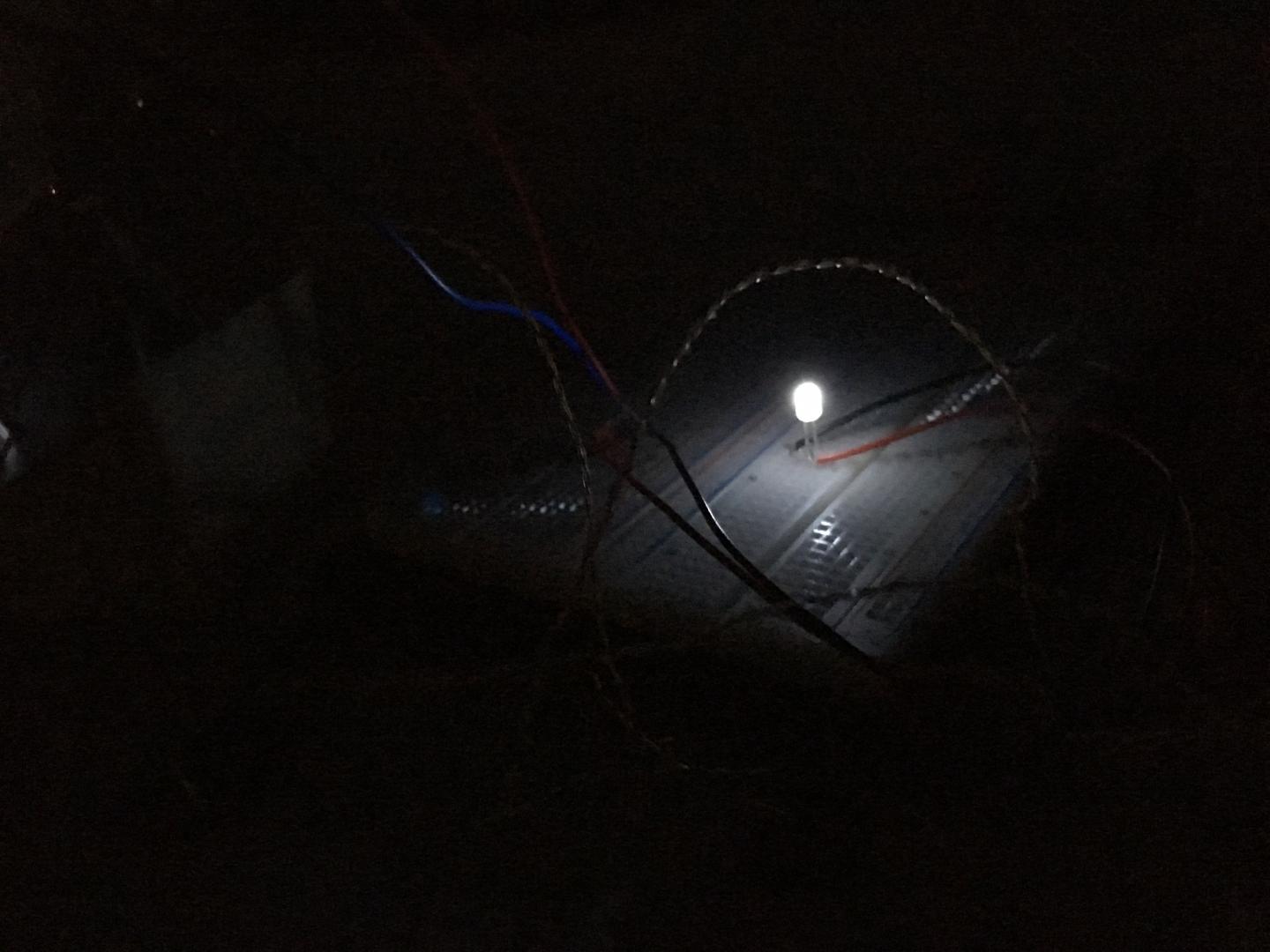This New Device Can Make Renewable Energy from the Cold Night Sky
No sun? No problem.
A new thermoelectric device can generate electricity for an LED light bulb even during the blackest night, according to a report by researchers.
The secret is using a phenomenon known as radiative cooling, which happens when surfaces on the ground radiate heat into the atmosphere. This process can make a surface cooler than the air surrounding it, which explains why frost forms on grass even if the air temperature is above freezing.
Researchers say their device is a useful form of renewable energy, especially because lighting demand peaks at night. "Beyond lighting, we believe this could be a broadly enabling approach to power generation suitable for remote locations, and anywhere where power generation at night is needed," lead author Aaswath Raman, an assistant professor of materials science and engineering at the University of California, Los Angeles, said in a statement.
Related: Black Marble: Amazing Earth at Night Photos from Space
The prototype device was tested on a table 3 feet (1 meter) above the ground on a rooftop in Stanford, California, in late December. It was placed in a polystyrene enclosure covered in aluminized mylar (which minimizes thermal radiation) and protected by a wind cover. Inside the protective layers, researchers made the device draw heat from the air and send it back into the atmosphere, using a black emitter.
The researchers managed to power an LED using a voltage boost converter, and measured that over 6 hours the device can generate as much as 25 milliwatts of energy per square meter. That's much lower than typical solar cells, but the advantage is that the device works at night, while solar cells have no sunlight to convert into energy.
Breaking space news, the latest updates on rocket launches, skywatching events and more!
The researchers say that with some modifications, the device could be used over a wider scale since the radiative cooler is simple (an aluminum disk covered in paint) and the other components are commercially available. For example, the researchers suggest increasing heat-exchange efficiency by reducing heat gain in the radiative cooling part of the device. The device may also work best in hotter and drier climates, the team noted.
"Our work highlights the many remaining opportunities for energy by taking advantage of the cold of outer space as a renewable energy resource," Raman said. "We think this forms the basis of a complementary technology to solar. While the power output will always be substantially lower, it can operate at hours when solar cells cannot."
This research was published Sept. 12 in the journal Joule.
- Earth's Upper Atmosphere Cooling Dramatically
- Losing Darkness: Satellite Data Shows Global Light Pollution On the Rise
- How to Turn the Moon Into a Giant Space Solar Power Hub
Follow Elizabeth Howell on Twitter @howellspace. Follow us on Twitter @Spacedotcom and on Facebook.

Elizabeth Howell (she/her), Ph.D., was a staff writer in the spaceflight channel between 2022 and 2024 specializing in Canadian space news. She was contributing writer for Space.com for 10 years from 2012 to 2024. Elizabeth's reporting includes multiple exclusives with the White House, leading world coverage about a lost-and-found space tomato on the International Space Station, witnessing five human spaceflight launches on two continents, flying parabolic, working inside a spacesuit, and participating in a simulated Mars mission. Her latest book, "Why Am I Taller?" (ECW Press, 2022) is co-written with astronaut Dave Williams.


